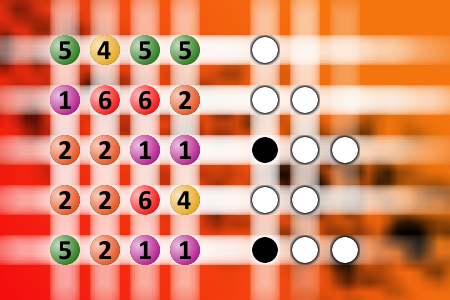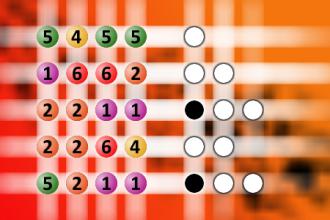What a winning combination?
The computer chose a secret code (sequence of 4 digits from 1 to 6). Your goal is to find that code. Black circles indicate the number of hits on the right spot. White circles indicate the number of hits on the wrong spot.Correct answers: 63
The first user who solved this task is Djordje Timotijevic.
#brainteasers #mastermind

Wake up call
A man and his wife were having some problems and were giving each other the silent treatment. The next week, the man realized that he'd need his wife to wake him at 5 a.m. for an early flight.
Not wanting to be the first to break the silence, he finally wrote on a piece of paper: "Please wake me at 5 a.m."
The next morning the man woke up, only to discover it was 9 a.m. and he'd missed his flight.
Furious, he was about to go and scream at his wife when he noticed a piece of paper by the bed that said: "It's 5 a.m. Wake up.

